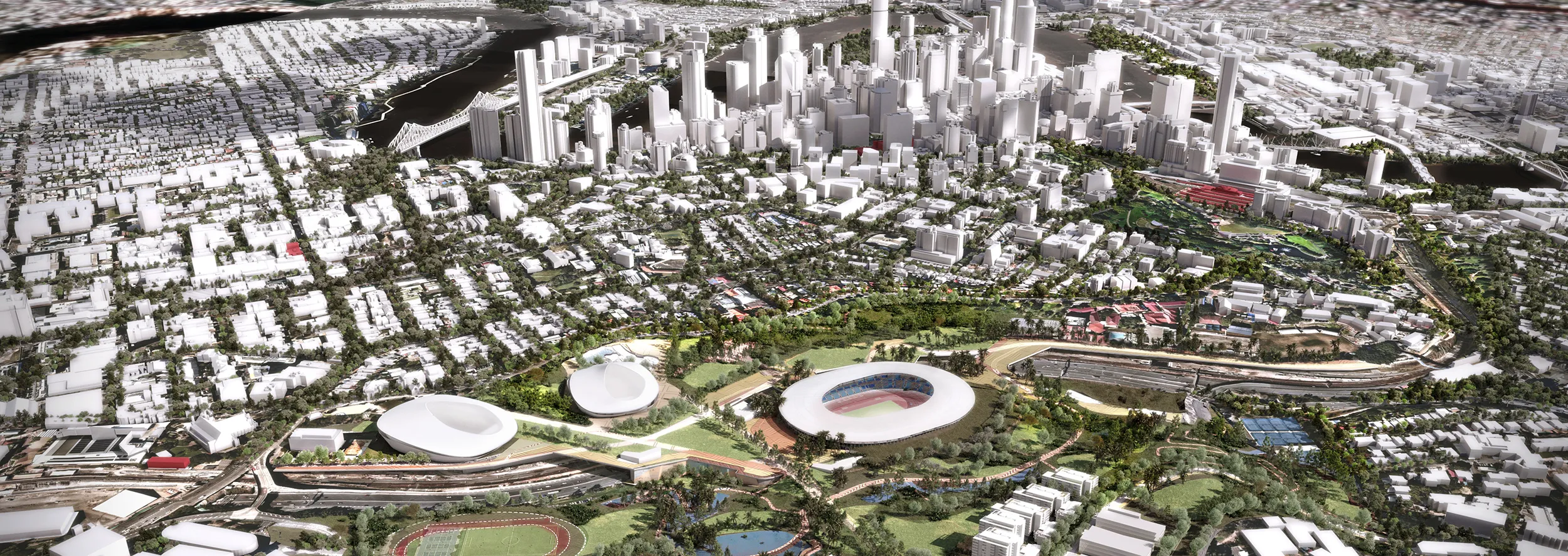
As our urban centres continue to densify and we collectively grapple with issues of congestion, pollution, and quality of life, the prioritisation of pedestrian-friendly spaces becomes progressively critical to our health and wellbeing. Increasingly, the notion of doing more with less is driving our desire to innovate and transform ‘urban leftovers’ into high quality amenity. As the saying goes, ‘they are not making any more space’, so it is up to designers to create life and joy within the interstitial and transitory spaces between our homes, businesses, institutions, sporting venues and cultural destinations.
Pivotal to this undertaking is seizing every opportunity to add value, delight, and interest in everyday experiences. In Archipelago’s ideal world (or as our great leader says, “the cities of our dreams”) the everyday experience is elevated to be more than it needs to be, because it should be. Wouldn’t your day be better if your short and comfortable walk to the bus stop was under dappled shade, birds were singing, and engaging art and cultural experiences framed the accessible tree-lined pathway?
Similarly, wouldn’t it be great if there were more pedestrian bridges and walkway connections along your commute, and those bridges were a joy to not only traverse, but to dwell on. To appreciate the view, but also the integrated artistry of engineering, architecture, and landscape. What if the roads and streets were just a little bit narrower because the design team took the time to re-balance our streets in favour of pedestrians and cyclists. With just that little bit more space, we could achieve room for trees to grow and mature, room to walk past someone comfortably, or better yet - stop and have a chat, confident in the knowledge that you weren’t creating a pedestrian traffic jam.
At Archipelago, we confidently believe that design should be carefully crafted, thoughtfully considered, and sensitively shaped at every scale, everywhere, and for everyone. We know that there has never been a better time than right now to invest in leftover spaces and reclaim streets and public areas from apathy, neglect, or vehicular and service dominance. Curated and high-quality spaces and connections that are pedestrian and civic-minded will foster vibrant communities; the kind of communities we all want to live, work, play and learn in.
Through strategic urban acupuncture, we can identify and invest in these connective spaces. We can promote healthier lifestyles, reduce environmental impact, and offer opportunities for social interaction and economic growth. At its core, the notion of doing more with less by targeting unloved, underutilised, and forgotten spaces is not new - rather, it is seeking to catalyse a paradigm shift in mindset. By starting small and local, and focussing on creating walkable, human-centric places and connections, we can start addressing pressing urban challenges while enriching the overall urban experience of our communities and cities.
More than lip service, Archipelago specialises in the delivery of projects that embody our values. Capturing this sentiment are two of our recent connective tissue projects.
The Capri Island Bridge by Archipelago, in collaboration with Bonacci Infrastructure and the City of Gold Coast, transforms an existing vehicle-oriented bridge linking Capri Island and Surfers Paradise into a versatile multimodal transit link. Through careful integration of design principles, the bridge harmoniously blends into the landscape while framing scenic views and safeguarding community privacy. The bridge prioritises pedestrian and cyclist accessibility and focuses on simplicity, consistency, comfort, amplifying local character. Archipelago's collaborative efforts connect both locales while also enhancing the overall user experience. The partnership between Archipelago, the City of Gold Coast, and Bonacci Infrastructure has yielded exceptional project outcomes and an enjoyable design journey, underscored by the commitment to both functional engineering and enduring aesthetic excellence.
Similarly, the Home of the Arts (HOTA) Green Bridge is a transformative infrastructure project enhancing pedestrian and cycling connectivity between Chevron Island, the Home of the Arts, and Surfers Paradise. As part of the HOTA Master Plan designed by ARM Architecture and Topotek1, this bridge serves as an accessible link offering citywide connectivity, while embracing nature's Voronoi pattern as a central design principle. Archipelago, in collaboration with artists Warren Langley and Jess Austin, played a vital role in translating the Voronoi concept into a cohesive landscape and architectural design, curating the art selection process, and overseeing the intricate coordination between design, art, and construction. The bridge not only improves accessibility and safety but also fosters community engagement, economic growth, and an enriched cultural experience to deliver a fusion of art, design, and functionality within the HOTA precinct.
These local examples underscore the potential to reclaim and reverse our vehicle-dominated urban environment, while strategically positioning landscape as a mechanism to reshape our cities in the face of climate change. These people-focussed green spaces are not just decorative add-ons; they are resilient solutions that offer shade, mitigate heat, and foster a sense of community and accessibility. As we continue to grapple with the challenges of congestion and the ever-expanding urban realm, we have the unique opportunity to intervene and redirect this course in favour of a people-first mindset that supports thriving communities.


